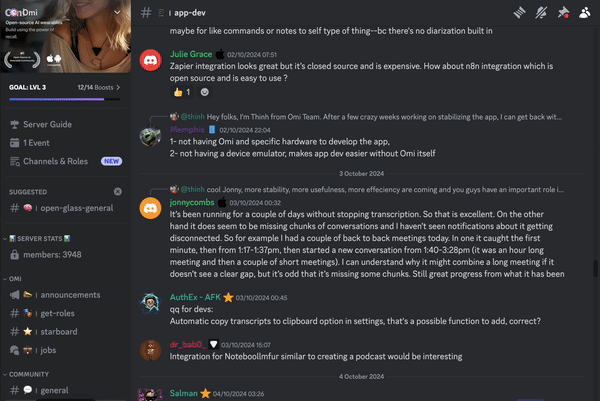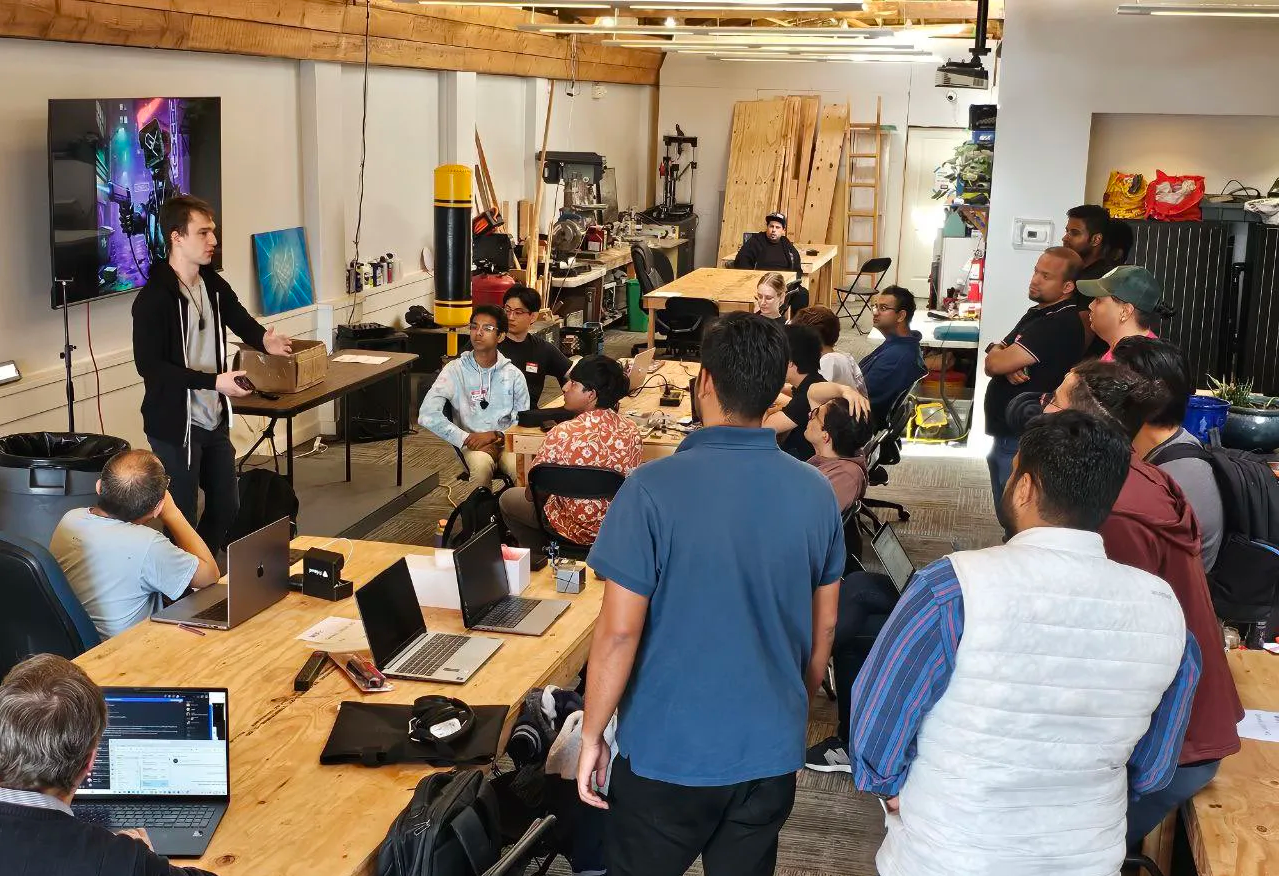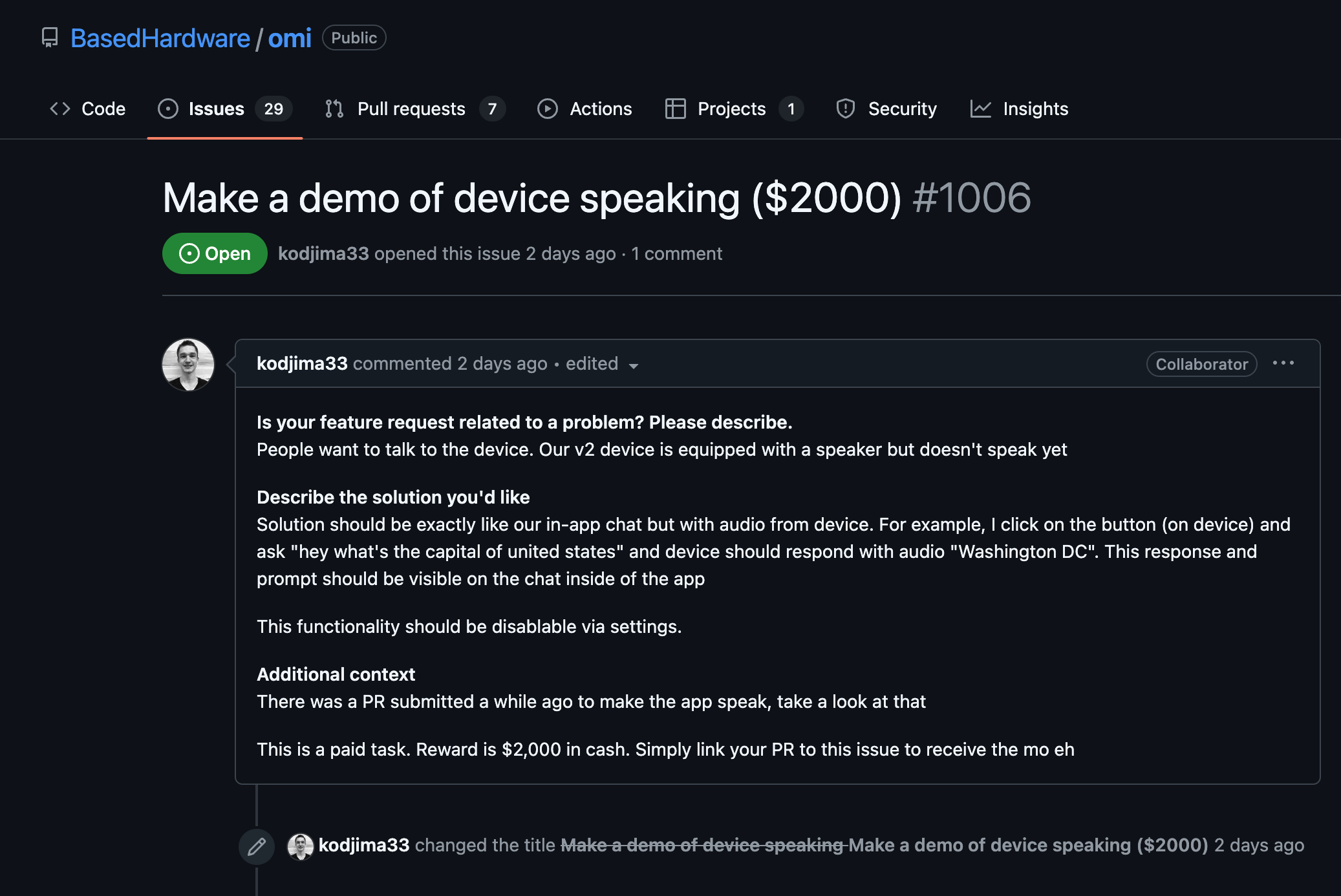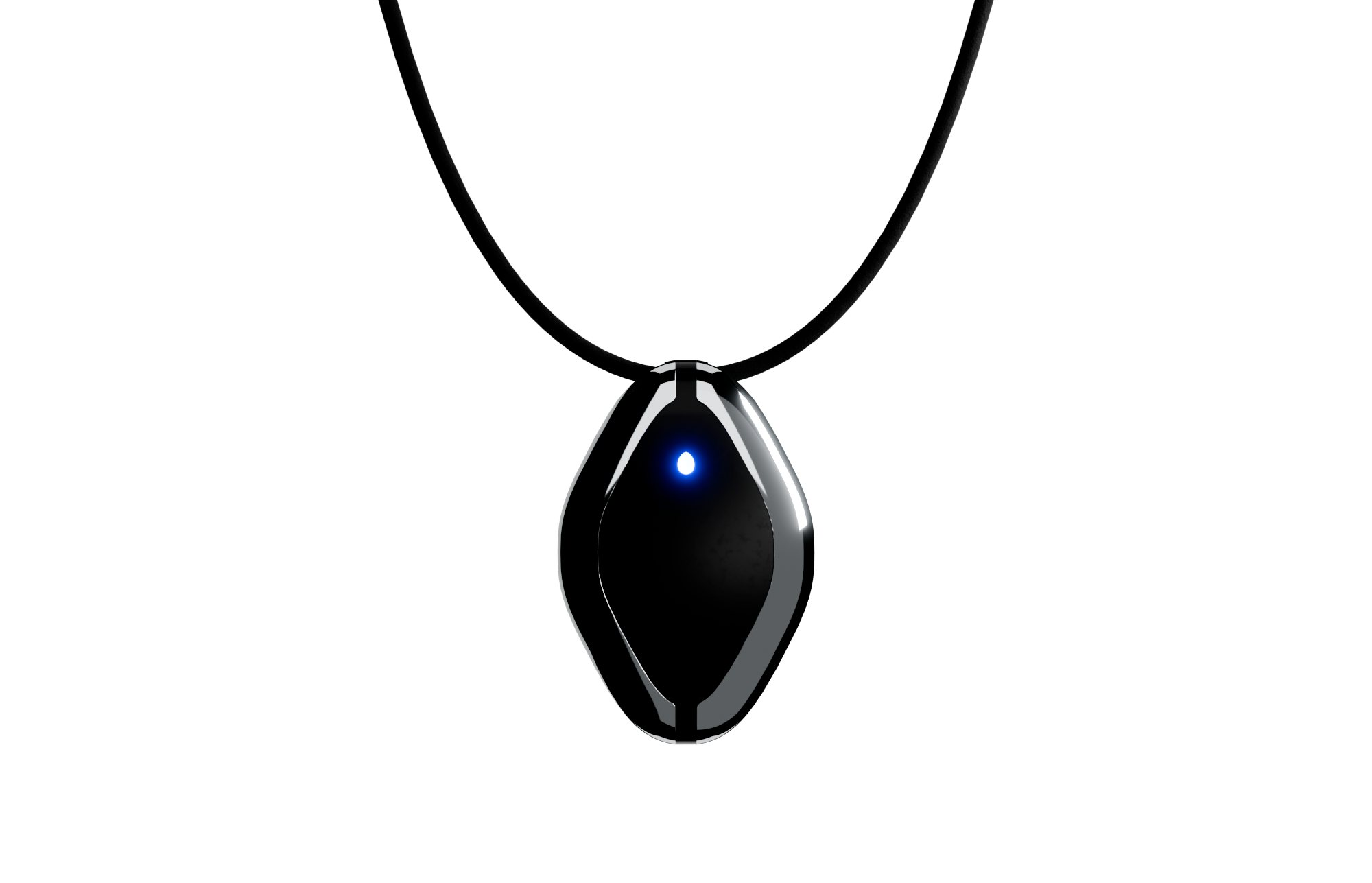Reasons for Unresponsiveness
- Software Glitches: Over time, your Fitbit Sense might encounter software bugs or issues that can cause the touchscreen to lag or become unresponsive.
- Outdated Firmware: If your device's firmware is not up-to-date, it can affect performance, including the responsiveness of the touchscreen.
- Screen Damage: Physical damage or exposure to extreme temperatures might result in a malfunctioning screen.
- Moisture and Dirt: A build-up of dirt, oil, or moisture on the screen can impact how the touchscreen senses your touches.
How to Fix the Issue
- Restart Your Device: Sometimes a simple restart can resolve temporary software glitches. Press and hold the power button until you see the Fitbit logo, then release it.
- Update Firmware: Ensure your Fitbit Sense is running on the latest firmware. Connect it to a Wi-Fi network and check for updates in the Fitbit app under 'Device' settings.
- Check for Physical Damage: Inspect your device for any physical damage or cracks. If damage is visible, it may need professional repair or replacement.
- Clean the Screen: Lightly dampen a microfiber cloth and gently wipe the screen to remove any oil or dust. Avoid excessive moisture to prevent water damage.
- Reset to Factory Settings: If problems persist, you can perform a factory reset. Go to 'Settings' on your Fitbit Sense, then 'About,' and choose 'Factory Reset.'
- Contact Support: For persistent issues or help with physical repairs, contact Fitbit customer support for assistance.























